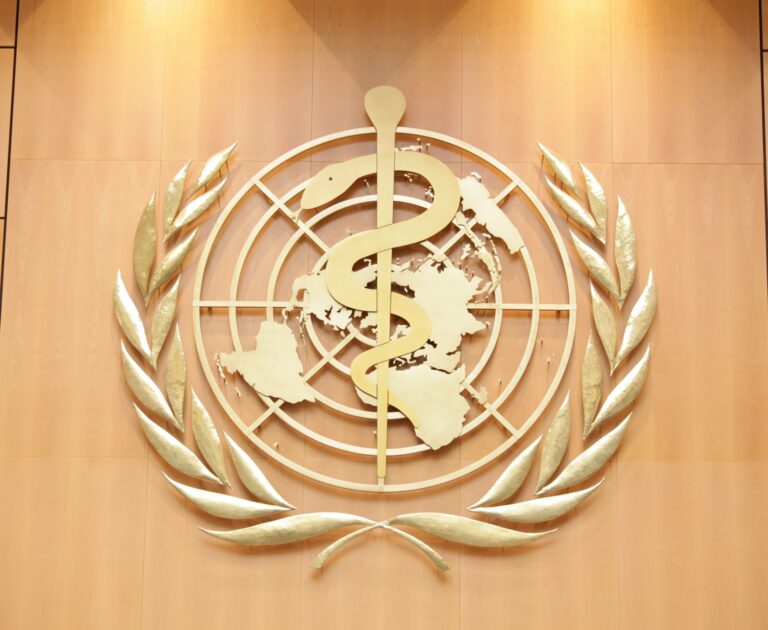Covid-19 Technology Access Pool (C-TAP)
- Founded
- May 2020
- Governance
- Led by the World Health Organization (WHO). Implementing partners: Medicines Patent Pool (MPP), Open Covid Pledge, UN Technology Bank and Unitaid.
- Funding
- Amount of funding (needs) is not disclosed.
- Description
C-TAP is a platform created by the WHO to facilitate expansion of the production of Covid-19 related medical products. Any research institute, government or private company that has intellectual property, data and know-how related to products that can be used against Covid-19, can share this information through C-TAP with other qualified manufacturers anywhere in the world. These non-exclusive licensing agreements increase the global production capacity and reduce the dependency on just a few companies for the production. Right holders who share their information through C-TAP can receive fair compensation.
C-TAP aims to work on the basis of transparency, inclusiveness and non-exclusivity. The most important difference between C-TAP and the Medicines Patent Pool (MPP) is that the MPP develops licensing deals for a limited set of countries, whereas C-TAP seeks to conclude global licensing agreements.
In November 2021, the Spanish National Research Council (CSIC) shared its intellectual property rights and know-how of its Covid-19 diagnostic tools globally through C-TAP, becoming the first one to do so. In May 2022, the US National Institutes of Health (NIH) announced licensing agreements with C-TAP for several therapeutics, early-stage vaccines and diagnostic tools. With these C-TAP deals, qualified manufacturers around the world are allowed and facilitated to produce the shared technologies.
In June 2022, C-TAP concluded its first sublicensing deal. On behalf of C-TAP, the MPP closed a sublicensing agreement with Biotech Africa, allowing the latter to manufacture and market serological tests the Spanish CSIC has shared through C-TAP earlier.
Currently, 43 WHO member states officially support C-TAP. In 2021, Spain and Belgium were the first WHO member states to make a significant financial contribution to C-TAP.

Strengths
- Promotes equitable access to key medical products through non-exclusive global licensing and technology transfer needed for production.
- Brings down the price of key medical products.
- Can help speed up access to Covid-19 products worldwide, through utilising untapped manufacturing capacity.
- Provides opportunity for low- and middle-income countries to produce Covid-19 technologies themselves, making them less dependent on high-income countries.
- Potential structural solution for pandemic preparedness and other emergencies where scarcity of medical products might occur.
- Inspired by the MPP model, which has proven to increase access to HIV, tuberculosis and hepatitis C treatments in low- and middle-income countries.
Weaknesses
- Success depends on the willingness of right holding pharmaceutical companies to collaborate, as it is based on voluntary agreements (including for publicly funded innovations). However, where global licences are issued, it breaks monopoly positions as countries start developing generic medicines.
- Lacks active support from governments where intellectual property and know-how is located.
- Underperforming C-TAP secretariat.
- Lacks a budgetary proposal.
Review
C-TAP has great potential to provide governments and pharmaceutical companies throughout the world with opportunities to utilize and/or expand their manufacturing capacity for Covid-19 products. The platform promotes equitable access to Covid-19 innovations as it stimulates local production and breaks monopoly positions of right holding companies.
In order to make C-TAP more effective, its secretariat needs strengthening, including a clear strategy, faster processes and more resources. In addition, governments of countries where the right holders of Covid-19 products are located, need to pressure these companies to contribute to C-TAP. For C-TAP to be a more structural solution in pandemic preparedness, governments should condition their public funding for the research and development (R&D) of medical products, in order to enforce technology transfer.